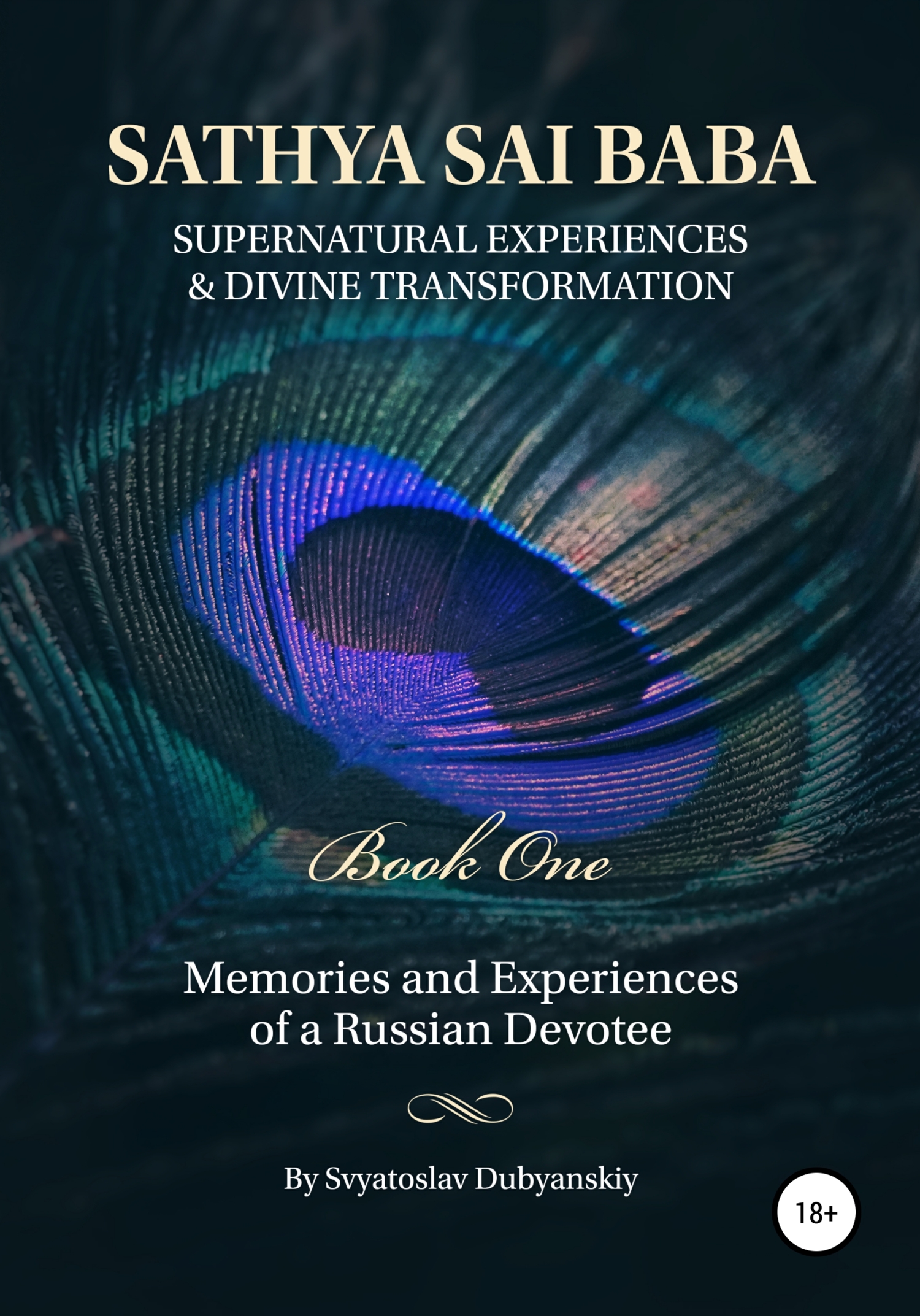class="p1">In this book, I will not write about all the amazing details of my personal interaction with Sathya Sai Baba. I published three books of my memoirs, which were subsequently translated into English. The most complete material with my memories of Sathya Sai Baba is published in the sixth part of my main autobiographical book, which is called Creativity of Eternal Life.
In the book you are reading now, I will talk about my experience with the unique boy who is the next incarnation of Sathya Sai Baba. In the pages of this book, I describe the events that took place between 2015 and 2023, when Prema Sai Baba was between two and eleven years old, although I physically met him when he was three years old.
The events and miracles that I narrate are my personal experience. I was a direct witness and participant in most of these events. Naturally, some of the stories were recorded from the words of other devotees. All materials were given to me in detail and repeatedly checked for their authenticity.
On the pages of this book, I will bring to your attention not only materials about the events of the life of the divine boy, but also my reflections on some philosophical issues, in the context of the tradition of the three Sai Avatars. We will be reflecting on difficult and controversial topics related to the discussion on the further development of Sai Baba's mission.
All thoughts given in the pages of this book are just my worldview and are not objective. Each reader is entitled to their own conclusions and opinions on any of the issues discussed. Take my thoughts not as statements, but as an invitation for philosophical discussion.
Some researchers believe Sathya Sai Baba first mentioned Prema Sai Baba on July 6, 1963, in his famous speech called, “Shiva-Shakti”. Then, Sathya Sai Baba was 37 years old.
This information is not entirely accurate, because the first time he spoke about Prema Sai Baba was much earlier, in 1944, when he was eighteen years old. We will talk about this in the following chapters, but now let's return to the lecture, which went down in history under the name "Shiva-Shakti".
It was in this famous lecture that Sathya Sai Baba told the audience about the mythological conversation between the god, Shiva, and the goddess, Shakti, in which the sage, Bharadwaja, took part. The mythological story says that in ancient times the sage, Bharadwaja, performed the great Vedic fire ritual of worshiping the gods, which is called Homa (Yagna).
After completing the ritual, the sage went to the sacred mountain, Kailash, where he met with the god, Shiva, and the goddess, Shakti. As a sign of blessing, God Shiva and Goddess Shakti said they would take human birth and incarnate among the descendants of the sage, Bharadwaja, three times. According to legend, Lord Shiva was born as Shirdi Sai Baba in the 19th century.
God Shiva and Goddess Shakti then incarnated together in the village of Puttaparthi in the 20th century as Sathya Sai Baba. Finally, Goddess Shakti incarnated as Prema Sai Baba in the village of Doddamallur in the 21st century.
Where exactly Shirdi Sai Baba was born is unknown. Sathya Sai Baba was born in the village of Puttaparthi (Andhra Pradesh), where he founded his main ashram. In one of the predictions, Sathya Sai Baba talked about his future birth as Prema Sai Baba in the village of Gunaparthi (there are also predictions about the village of Doddamallur).
Some devotees tried to find out from Sathya Sai Baba the details of the location of the village of Gunaparthi, since no one could find a similar village on the map of India. Answering these questions, Sathya Sai Baba stated there was no such village, yet. However, after the birth of Prema Sai Baba, a village would be built in the state of Karnataka where Prema Sai Baba would live, and this village would be called Gunaparthi.
According to legend, in ancient times, the god, Shiva, said he would take on a human form, having been born three times in the family of the sage, Bharadwaja. According to this legend, God Shiva incarnated as Shirdi Sai Baba (1835–1918), God Shiva and Goddess Shakti together incarnated as Sathya Sai Baba (1926–2011), and Goddess Shakti incarnated as Prema Sai Baba in 2012.
In considering this mythological story, I ask myself several questions. Does the Avatar belong to any religious tradition or ethnic culture? What if God is beyond religion and ethnicity? Should we interpret the three Sai Avatars solely from the point of view of Hinduism? Again, I don’t think so.
Each person can perceive the three Sai Avatars from the point of view of any religious tradition; for example, from the point of view of Christianity, Islam, Buddhism, Judaism, etc. People associate Krishna with Hinduism, considering him a Hindu. Obviously, the physical body of Krishna was Indian, but the reality of his consciousness was beyond the illusion of the manifested universe, beyond religion and ethnicity.
Jesus Christ is associated with the Biblical tradition and Jewish nationality. However, the consciousness of Jesus Christ was beyond the manifested illusion, although the body completely belonged to the Semitic ethnic group.
Let's get back to the legend of the three incarnations of Sai. According to the story, Sathya Sai Baba was the incarnation of the god Shiva and the goddess Shakti.
In this life, I am a Christian. Among my friends there are Hindus, Christians, Muslims, Jews, Buddhists … all of them are also devotees and followers of Sai Baba. Can we think about the meaning and mission of the three Sai Avatars not in the terminology of Hinduism, but in the terminology of Christianity, Islam, Judaism and Buddhism? Yes, because the three Sai Avatars are a universal phenomenon that does not belong to any religion. God is beyond religion being the source of all





